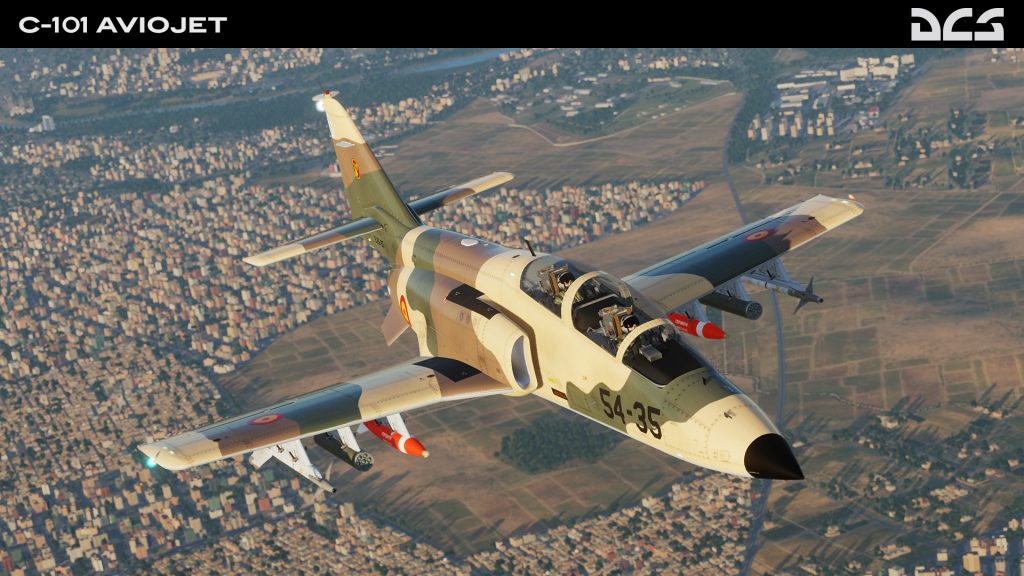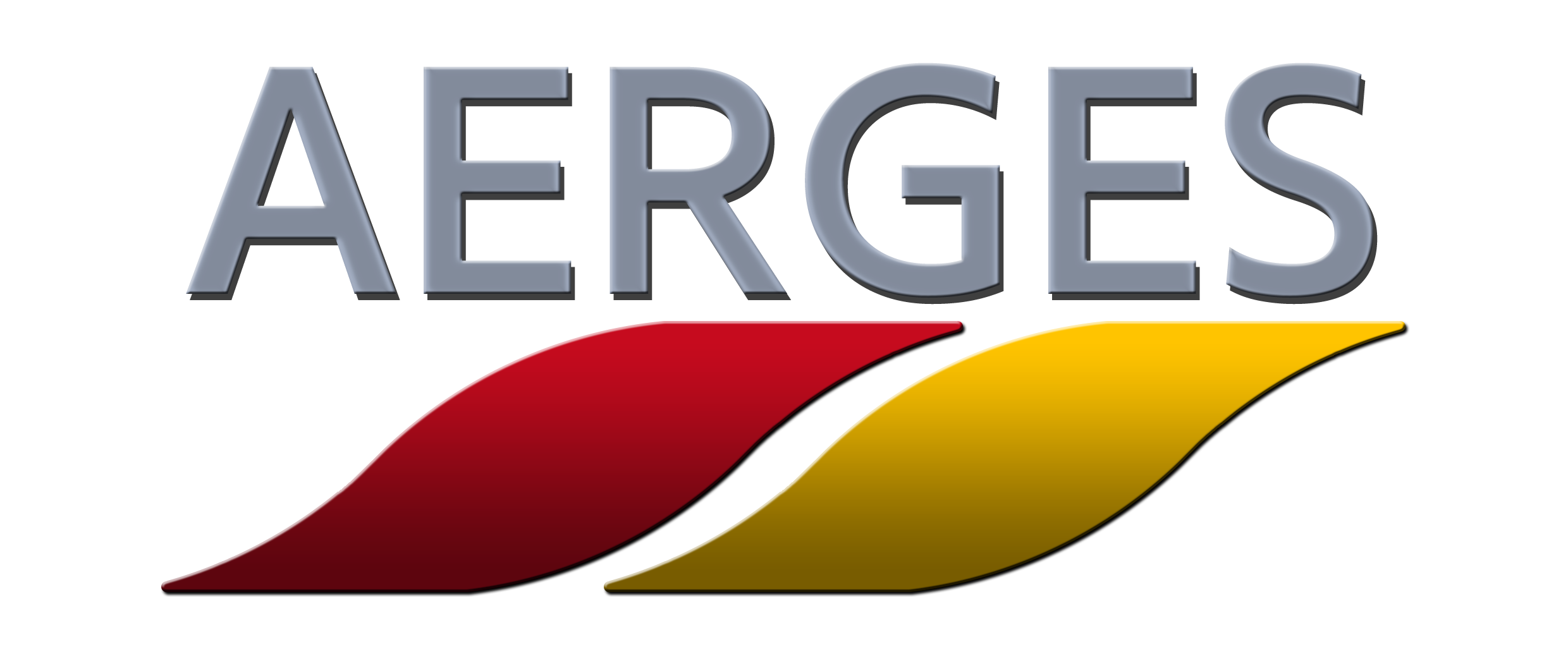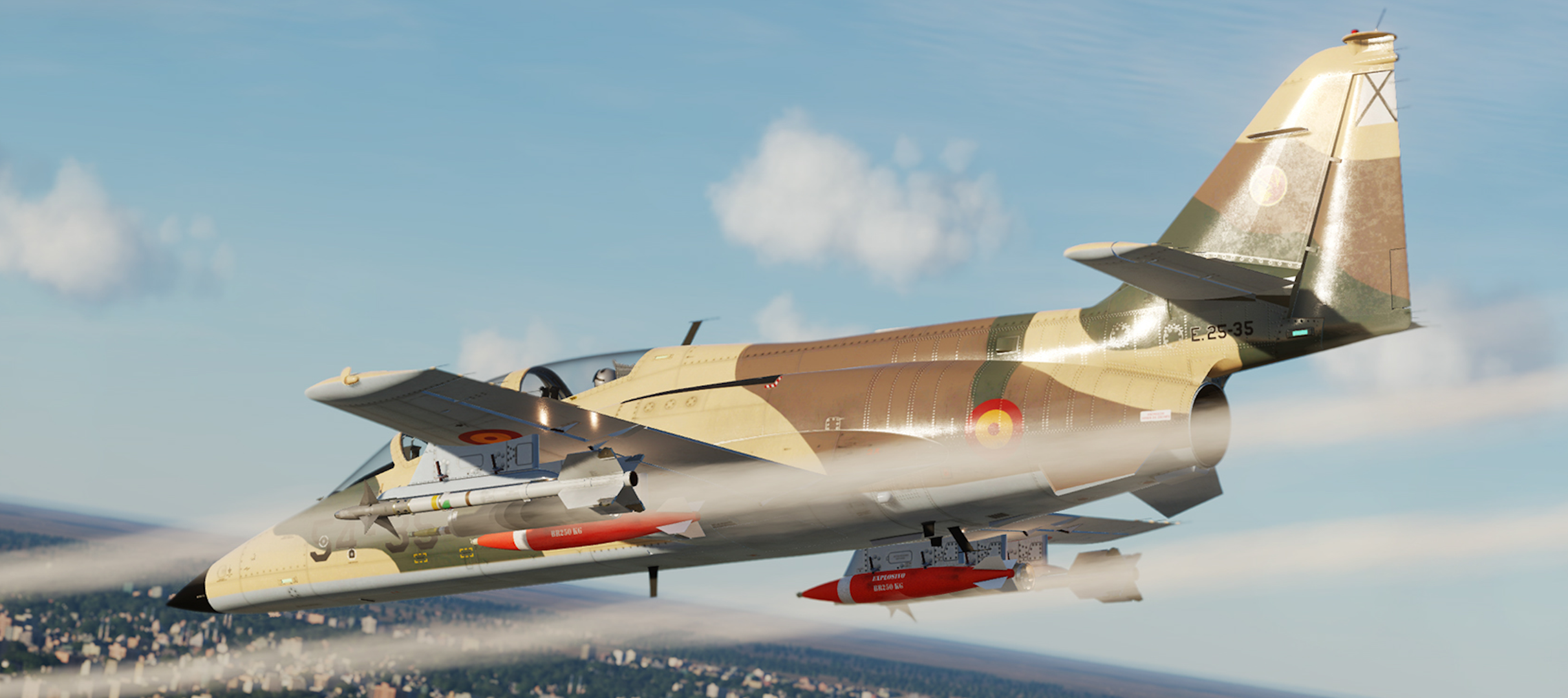

OVERVIEW
The CASA C-101 Aviojet is a two seat jet-powered low-wing single engine advanced trainer and light attack aircraft manufactured by the Spanish company Construcciones Aeronáuticas S.A. (CASA). It is used by the Spanish Air Force (Ejército del Aire), where it is nicknamed Mirlo (Blackbird). Both the Chilean Air Force (until 2022) and Honduran Air Force acquired units and nicknamed the jet as Halcón (Falcon). The Royal Jordanian Air Force also operated a combat capable version issued as C-101CC.
History
The C-101 “Aviojet” responds to the request of the Spanish Air Force for a training and light attack aircraft to replace the Hispano Aviación HA-200 Saeta, the HA-220 Súper Saeta and the Lockheed T-33. On the 16th of September of 1975, the Spanish Air Force signed a contract with CASA for the design, construction and development of the new jet trainer.
The plane was defined as a subsonic flight basic and advanced trainer, but should be equipped with the most modern equipment on board to facilitate the transition to fighter jets, it should possess good acceleration to get future military pilots accustomed to the performances of more advanced aircraft, it should also be very maneuverable at high and low level, and finally it should withstand load factors between +7.5 and -3.75 G. As if all that were not enough, the Aviojet should be able to land at 100 knots and be able to remain in inverted flight for 20 seconds.
On the 27th of June, four days before the scheduled date, the P1 took off piloted by Colonel De La Cruz Jimenez. The flight was simply trying to test the controls behavior and even, for safety reasons, the landing gear was retracted. It showed that the new aircraft was a very maneuverable machine, to the extent that both 406th Squadron Saeta airplanes who escorted him had difficulties to follow the C-101 during the turns carried out. On the 29th, the Aviojet was officially presented at a ceremony attended by King Juan Carlos I. Right after that, preliminary tests began, totaling 80 flights and 107 hours over which various performances, flight characteristics, systems, etc. were tested.
March the 17th of 1980 marked the official delivery of the first four series aircraft to the Spanish Air Force. The first C-101 entered service on the 4th of April of 1980 in the 793rd Squadron of the Spanish Air Force Academy at San Javier (Murcia).
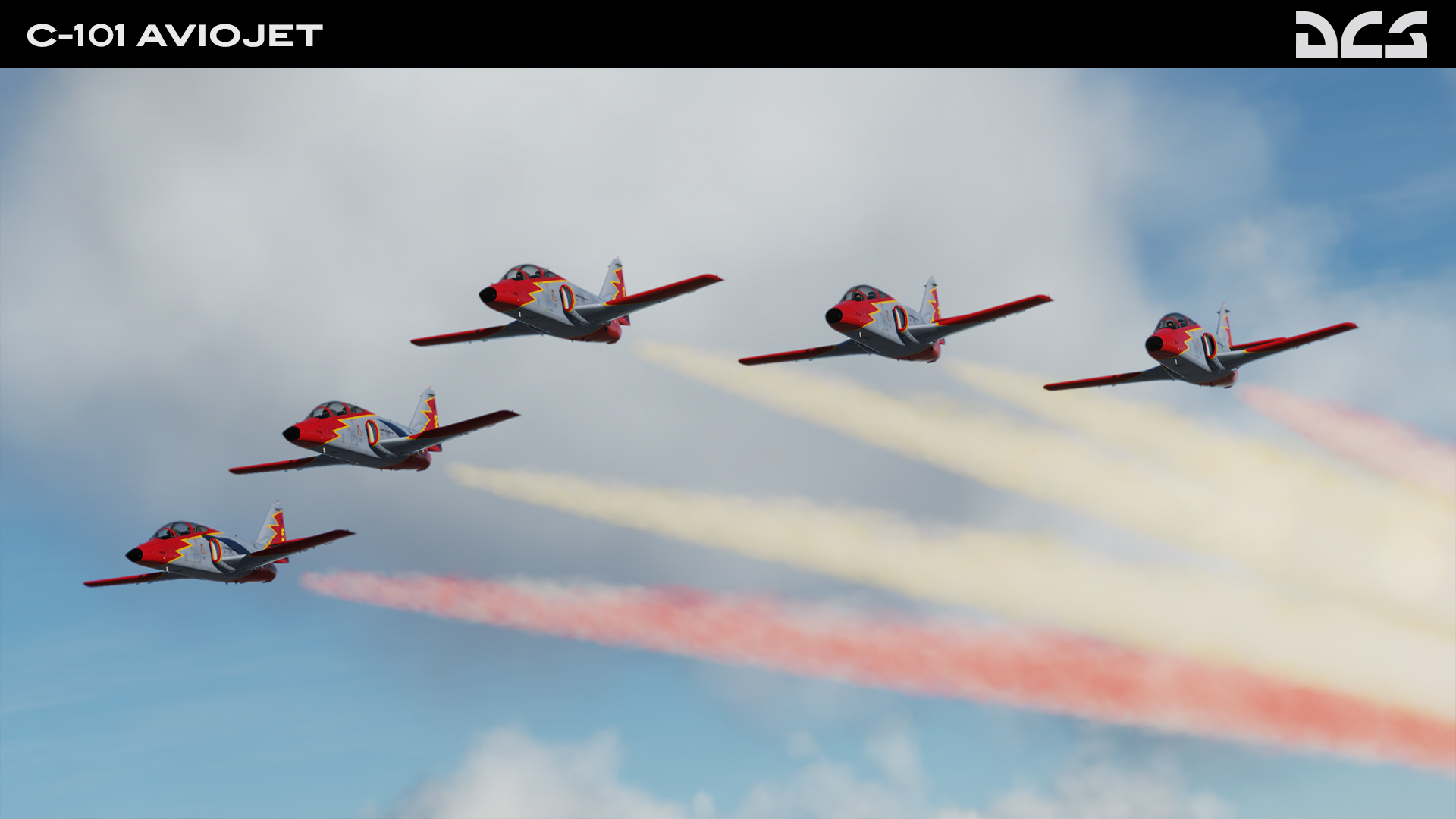
VARIANTS
C-101 EB
This variant is the version that has been manufactured in larger numbers, 88 airplanes built. The Aviojet (officially nicknamed “Mirlo” and unofficially “Culopollo” in Spain) had several roles within the Spanish Air Force, the most famous being flight training in the Basic Flight School. The aircraft can be concurrently controlled by both pilots in the ‘Combined Flight Controls Mode’, which you might find useful while teaching you friends how to fly the aircraft.
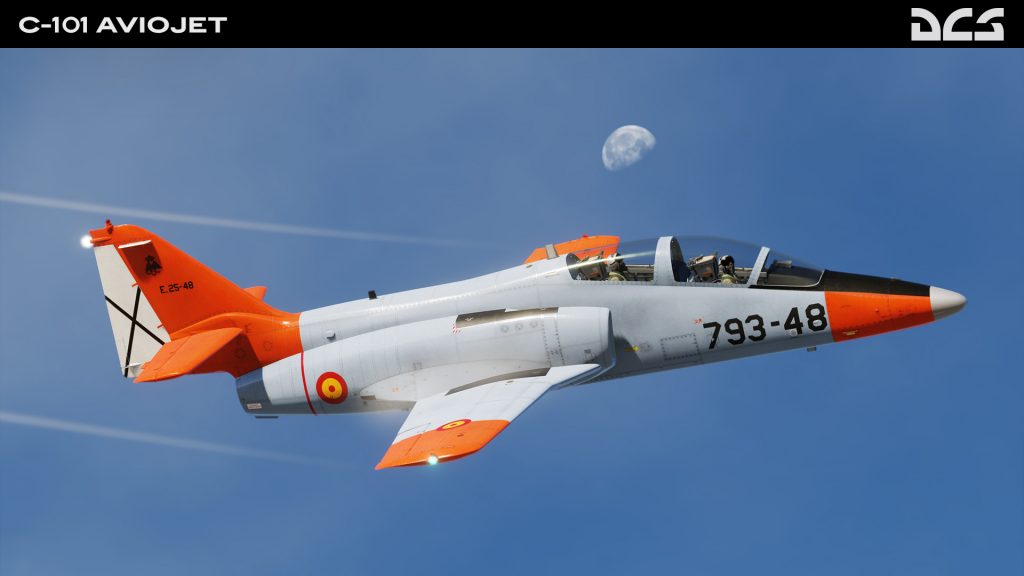
C-101 CC
This variant is a versatile light attack aircraft. With 7 hard-points and uprated engine, becomes a versatile light attack aircraft that has seen combat with the Honduras Air Force against drug traffickers. It is also in service with the Jordanian and Chilean air forces.
This aircraft also brings other capabilities such as modernized avionics, uprated engine and a full weapons system with air-to-air short-range IR missiles, gun pods, bombs, rockets and Sea Eagle anti-ship missile.
